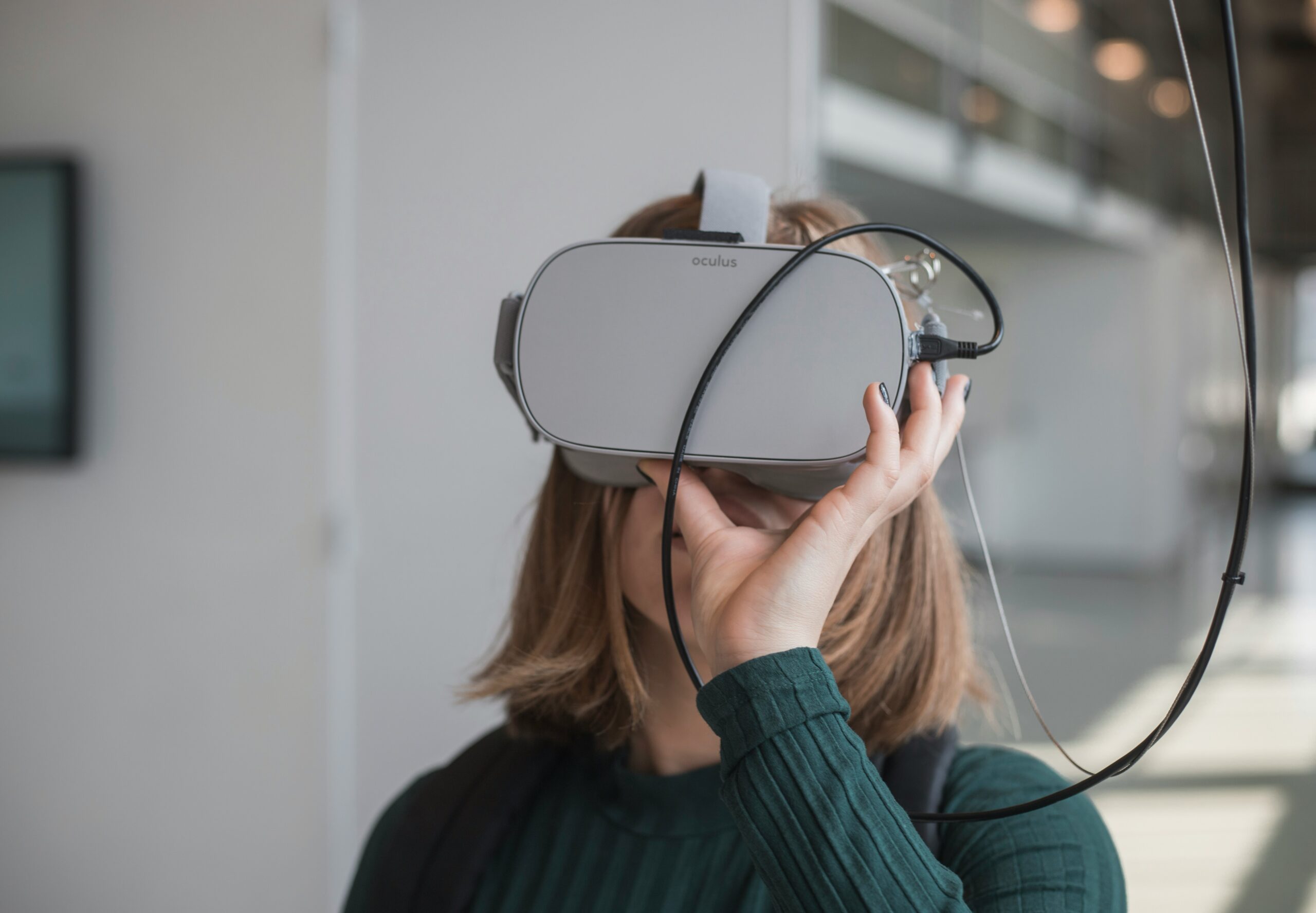In the vast landscape of technological innovation, few advancements have captured the imagination quite like Virtual Reality (VR). Defined by its ability to transport users into immersive digital environments, VR represents a transformative force reshaping industries, entertainment, education, and human experiences. Join us on an enlightening journey as we delve deep into the world of virtual reality, uncovering its origins, mechanics, applications, and the boundless potential it holds for the future.
Understanding Virtual Reality:
At its essence, Virtual Reality (VR) encompasses a blend of hardware, software, and sensory inputs that create a simulated environment, wherein users can interact with and experience digital worlds as if they were real. Through the use of specialized headsets, motion tracking systems, and immersive audiovisual displays, VR aims to suspend disbelief, transporting users to fantastical realms, lifelike scenarios, or educational simulations.
Evolution of Virtual Reality:
The roots of VR trace back to the pioneering efforts of visionaries and innovators who dared to imagine a world beyond physical constraints. From Ivan Sutherland’s “Sword of Damocles” in the 1960s to modern-day VR headsets like the Oculus Rift and HTC Vive, the evolution of VR has been marked by leaps in technology and imagination. Each iteration has brought us closer to the elusive goal of true immersion, driving innovation in graphics rendering, motion tracking, and haptic feedback systems.
Applications of Virtual Reality:
The impact of VR extends far beyond the realm of gaming and entertainment, permeating diverse sectors with its transformative potential. In education, VR offers immersive learning experiences, allowing students to explore historical landmarks, dissect virtual organisms, or conduct simulated experiments. In healthcare, VR serves as a powerful tool for therapy and rehabilitation, enabling patients to confront fears, manage pain, or practice motor skills in a safe, controlled environment. From architecture and design to tourism and storytelling, VR is revolutionizing how we create, communicate, and experience the world around us.
Advantages and Challenges:
The advantages of VR are manifold, offering unparalleled immersion, engagement, and interactivity. By simulating realistic scenarios and environments, VR can enhance learning outcomes, foster empathy, and facilitate experiential training. However, the adoption of VR is not without its challenges. High costs, hardware limitations, and concerns about motion sickness and discomfort pose barriers to entry for some users. Moreover, the need for compelling content and intuitive user interfaces remains a crucial consideration for widespread acceptance and adoption of VR technology.
Future Outlook and Trends:
As technology continues to evolve, the future of VR holds promise for even greater innovation and integration into our daily lives. Emerging trends such as wireless VR, augmented reality (AR) integration, and social VR platforms are poised to reshape how we work, play, and interact in virtual spaces. From virtual meetings and collaborative workspaces to immersive storytelling and shared gaming experiences, VR is poised to become an integral part of our digital existence.
In conclusion, Virtual Reality (VR) represents a paradigm shift in how we perceive, interact with, and experience the world around us. As we navigate this virtual realm, it’s essential to recognize the transformative potential of VR while addressing the challenges and limitations that accompany its adoption. By embracing VR as a tool for learning, creativity, and human connection, we can unlock new dimensions of innovation and understanding, paving the way for a future where the boundaries between the real and virtual worlds blur into insignificance.
Share via:



